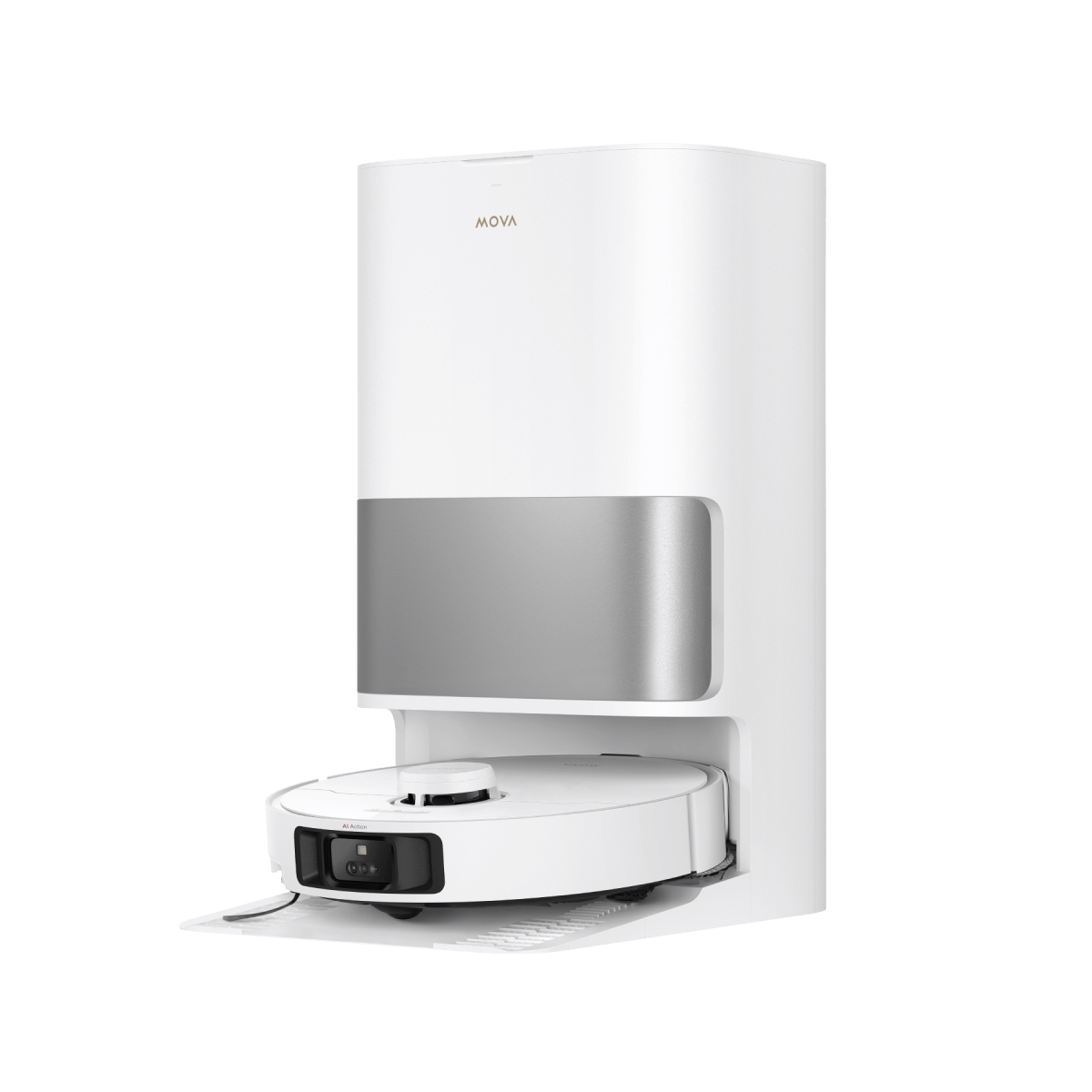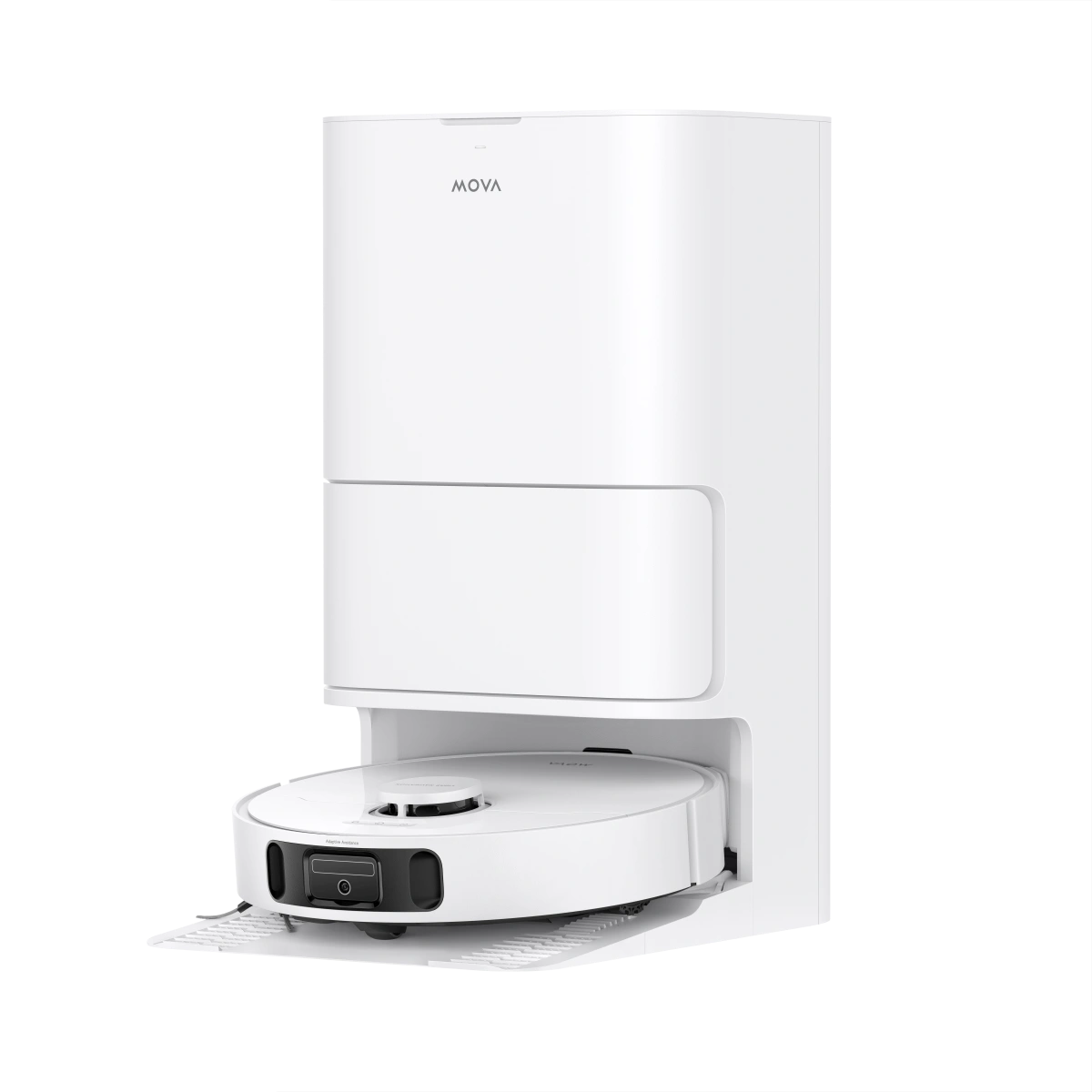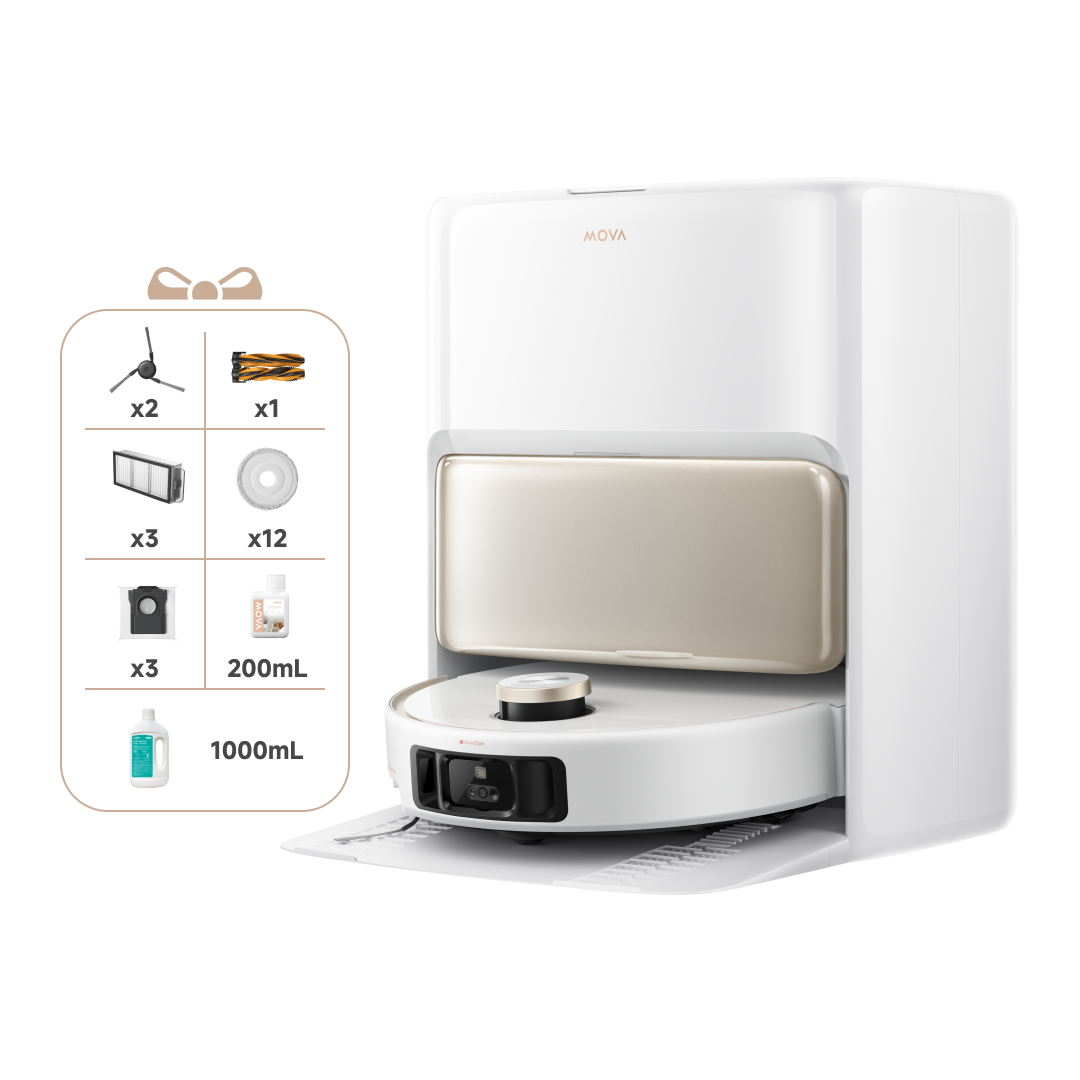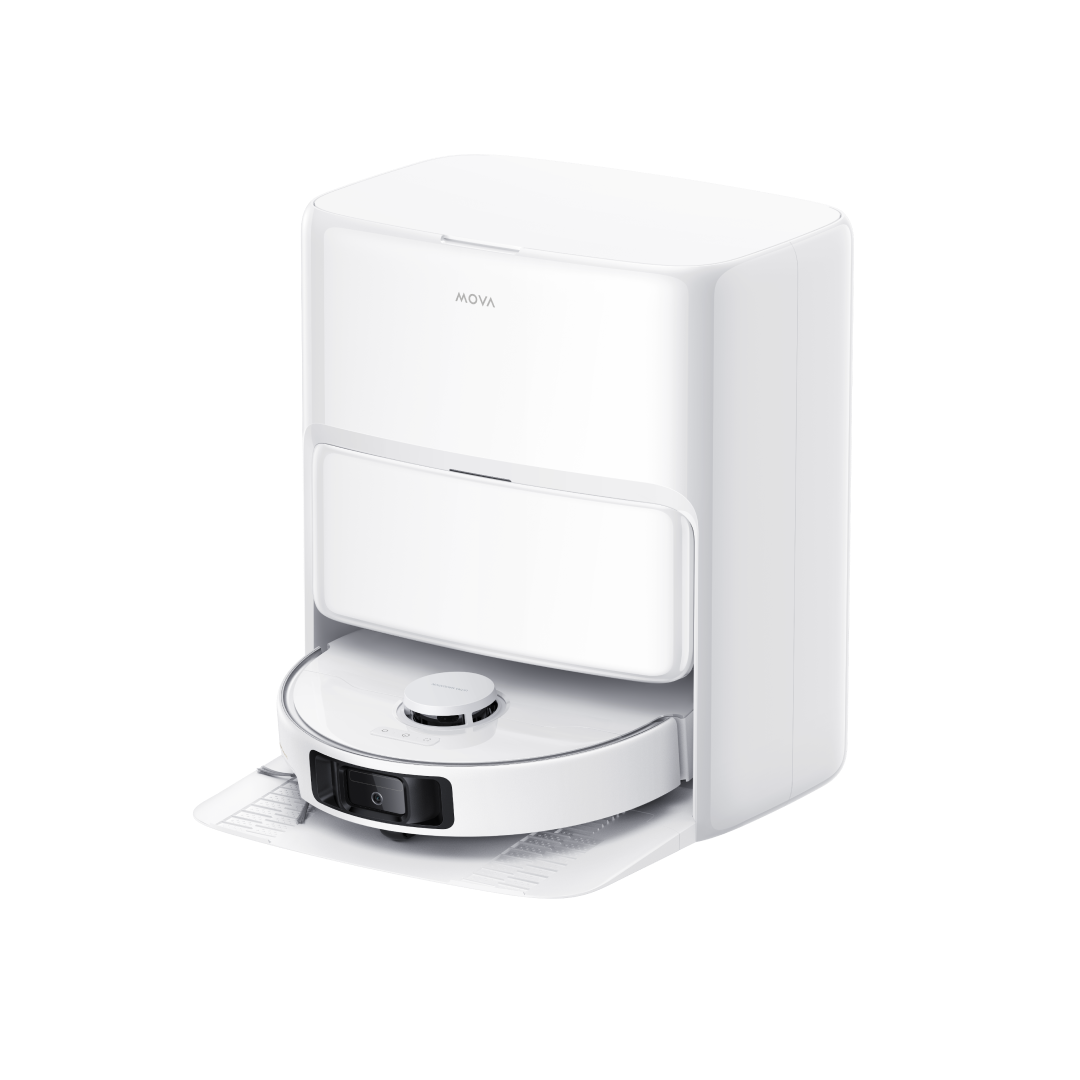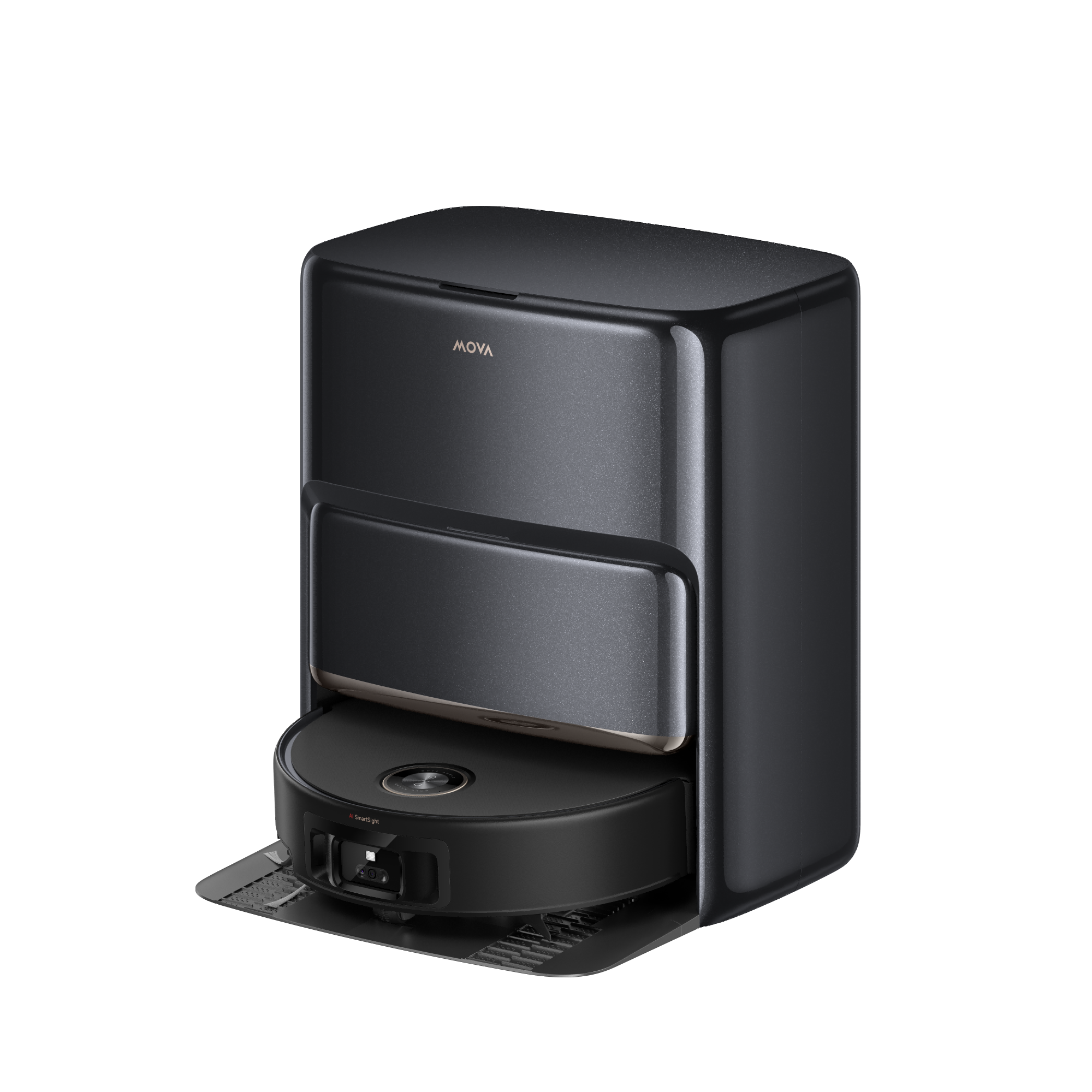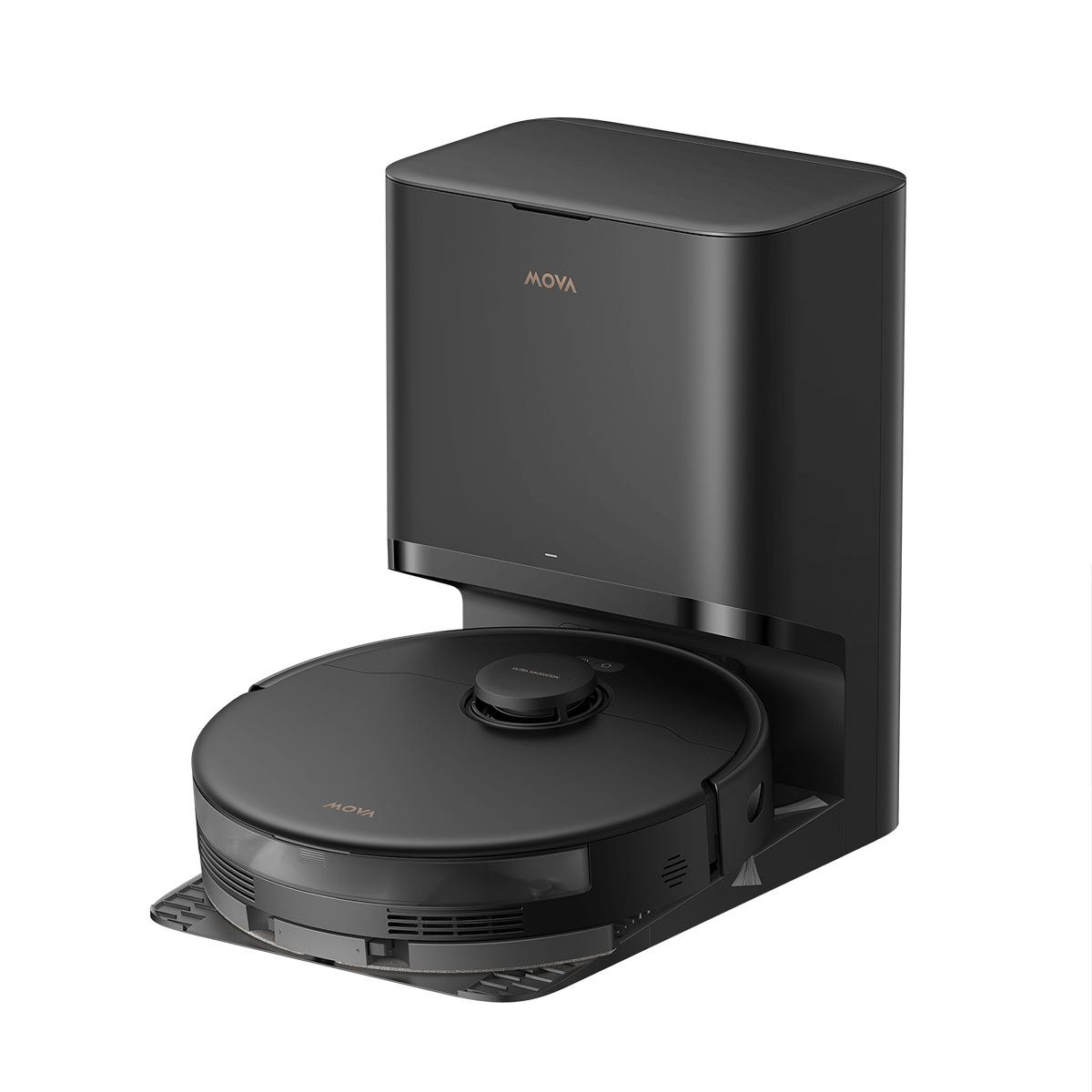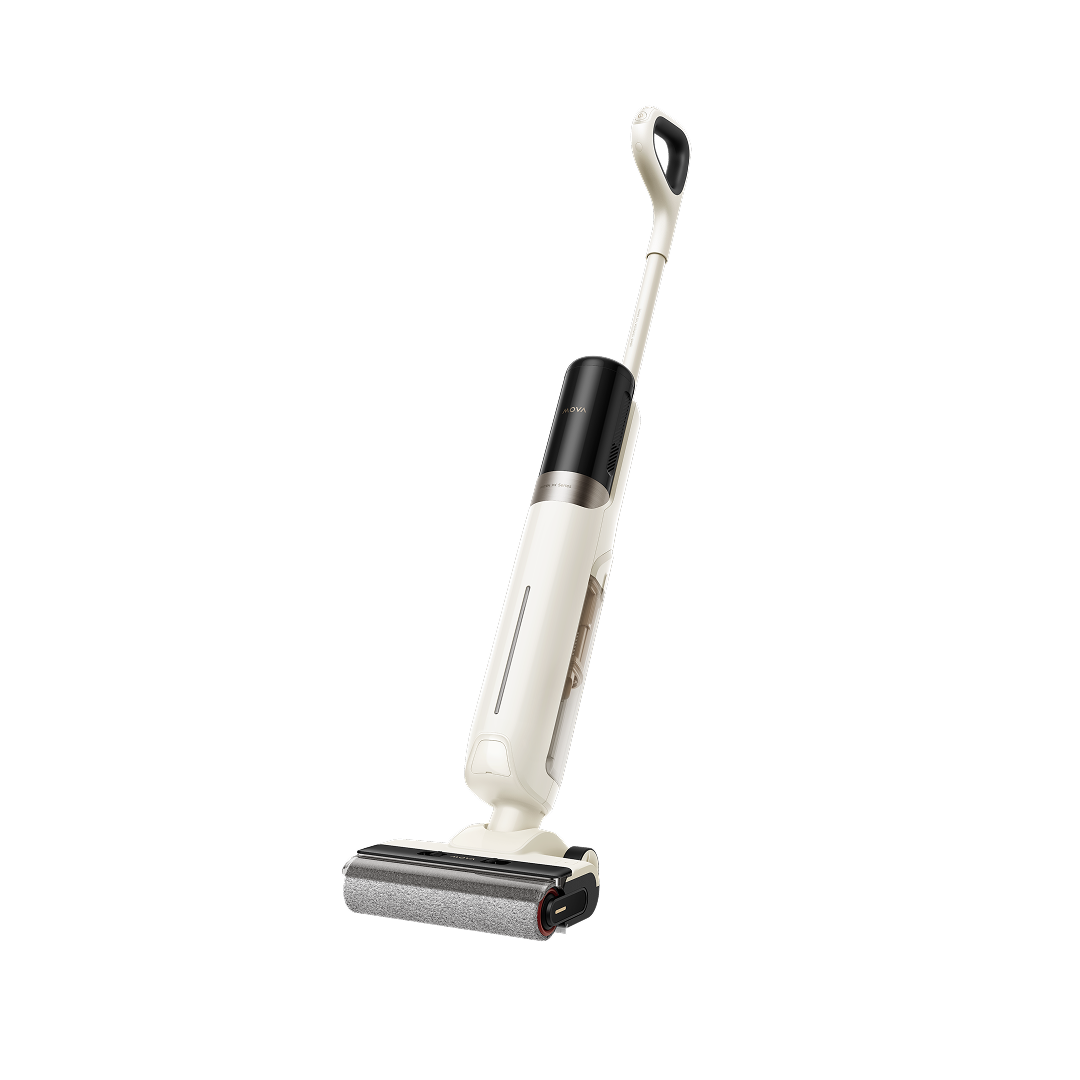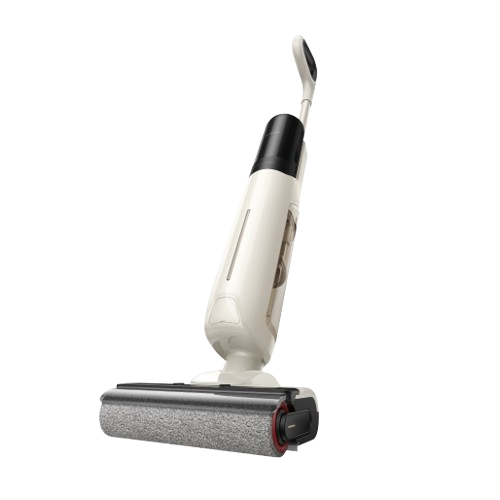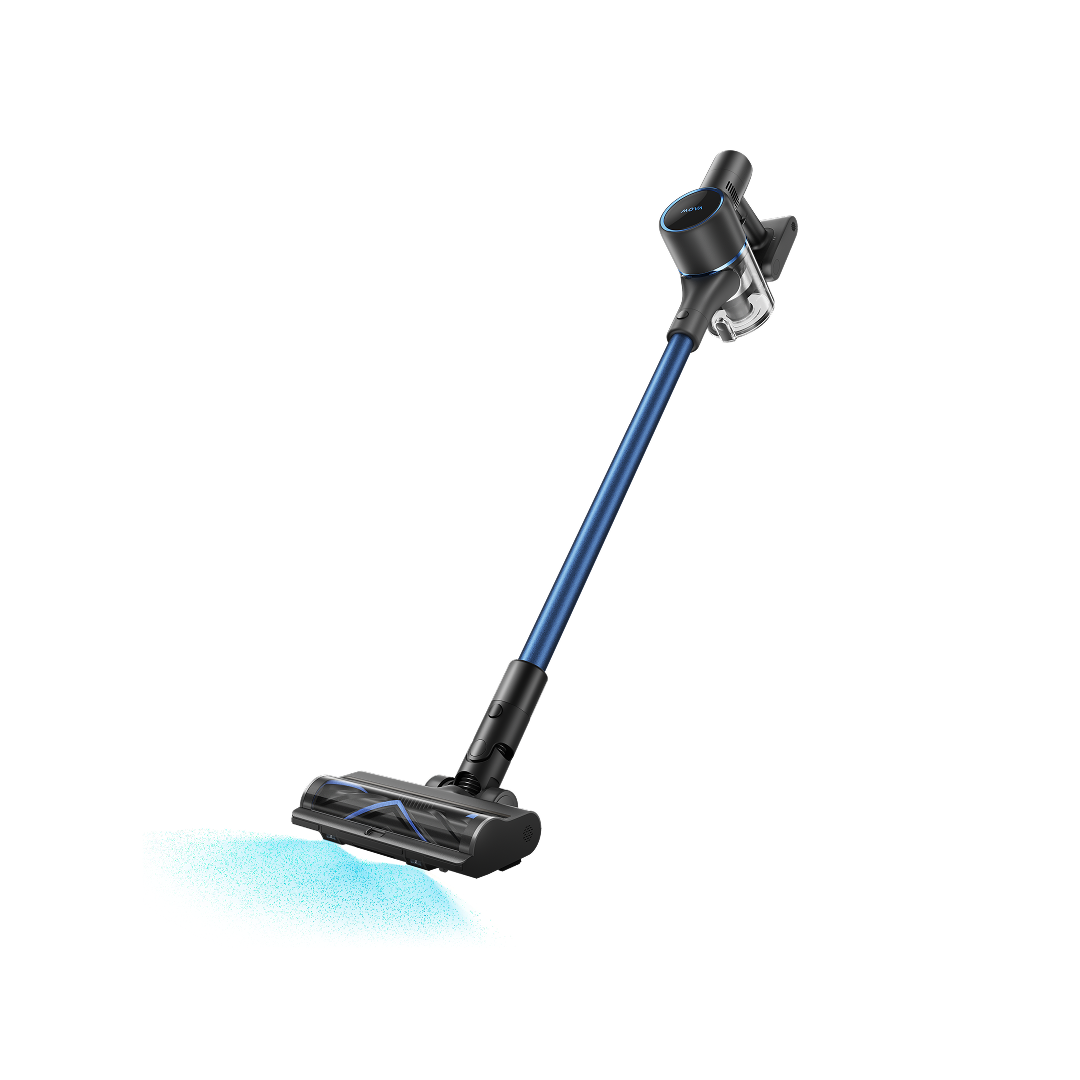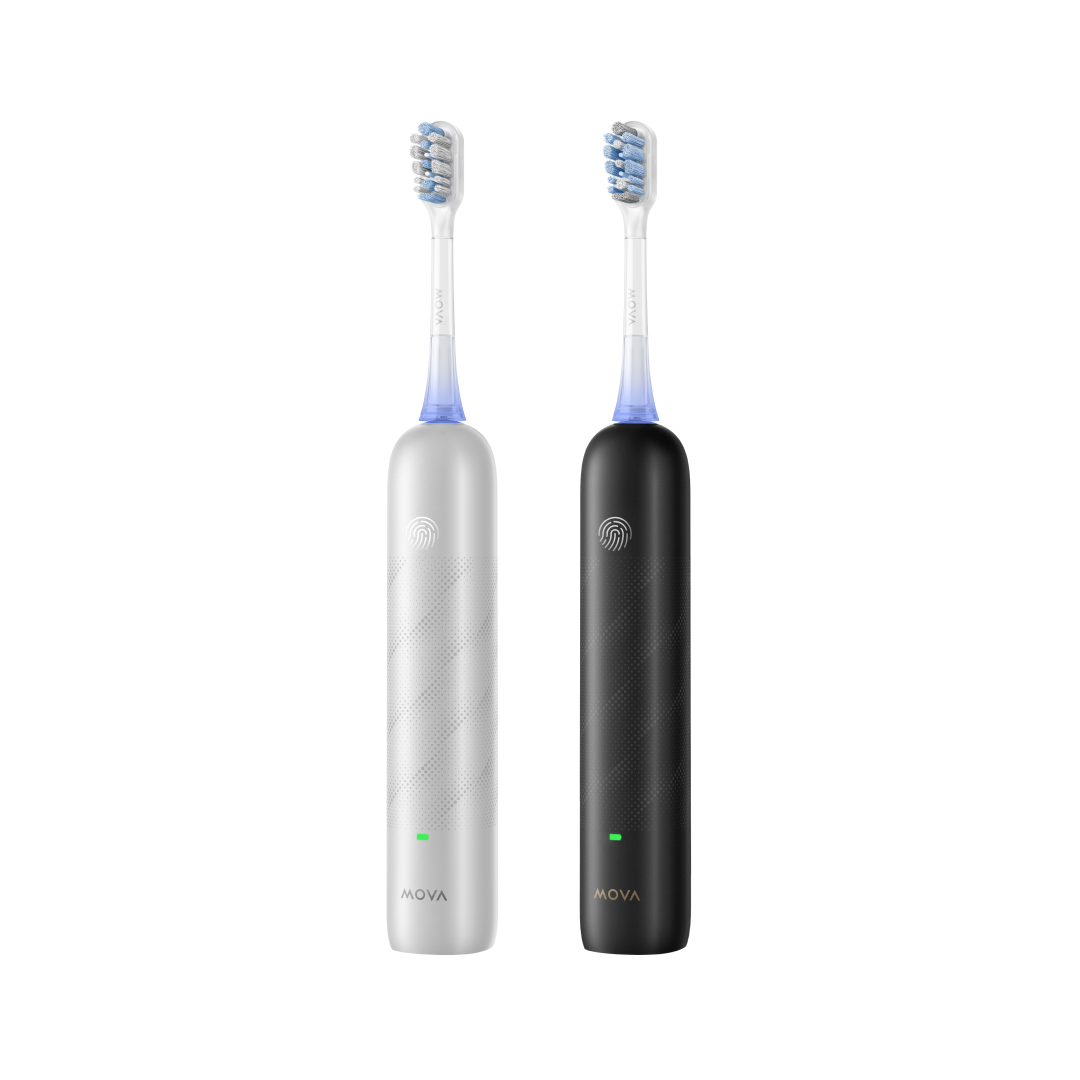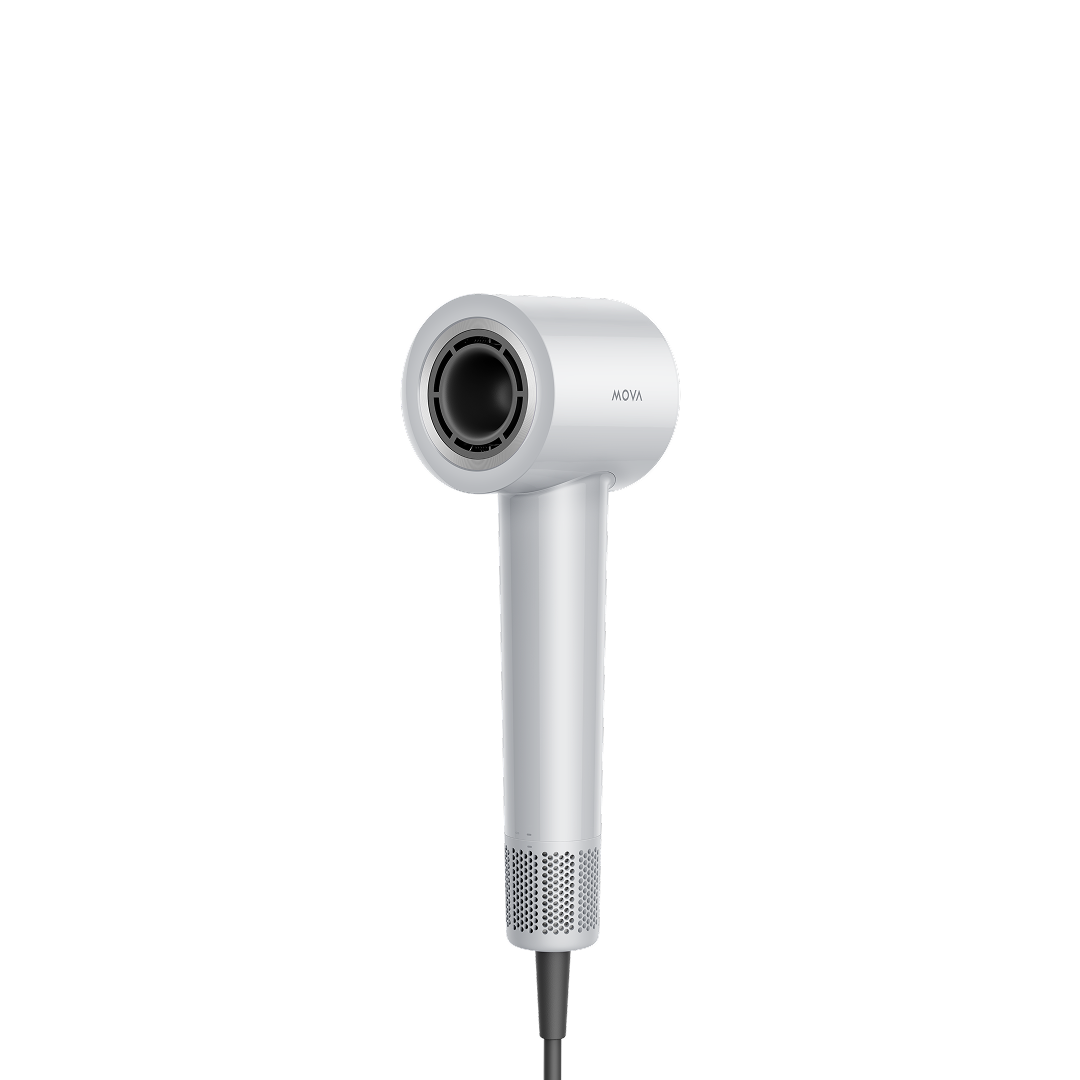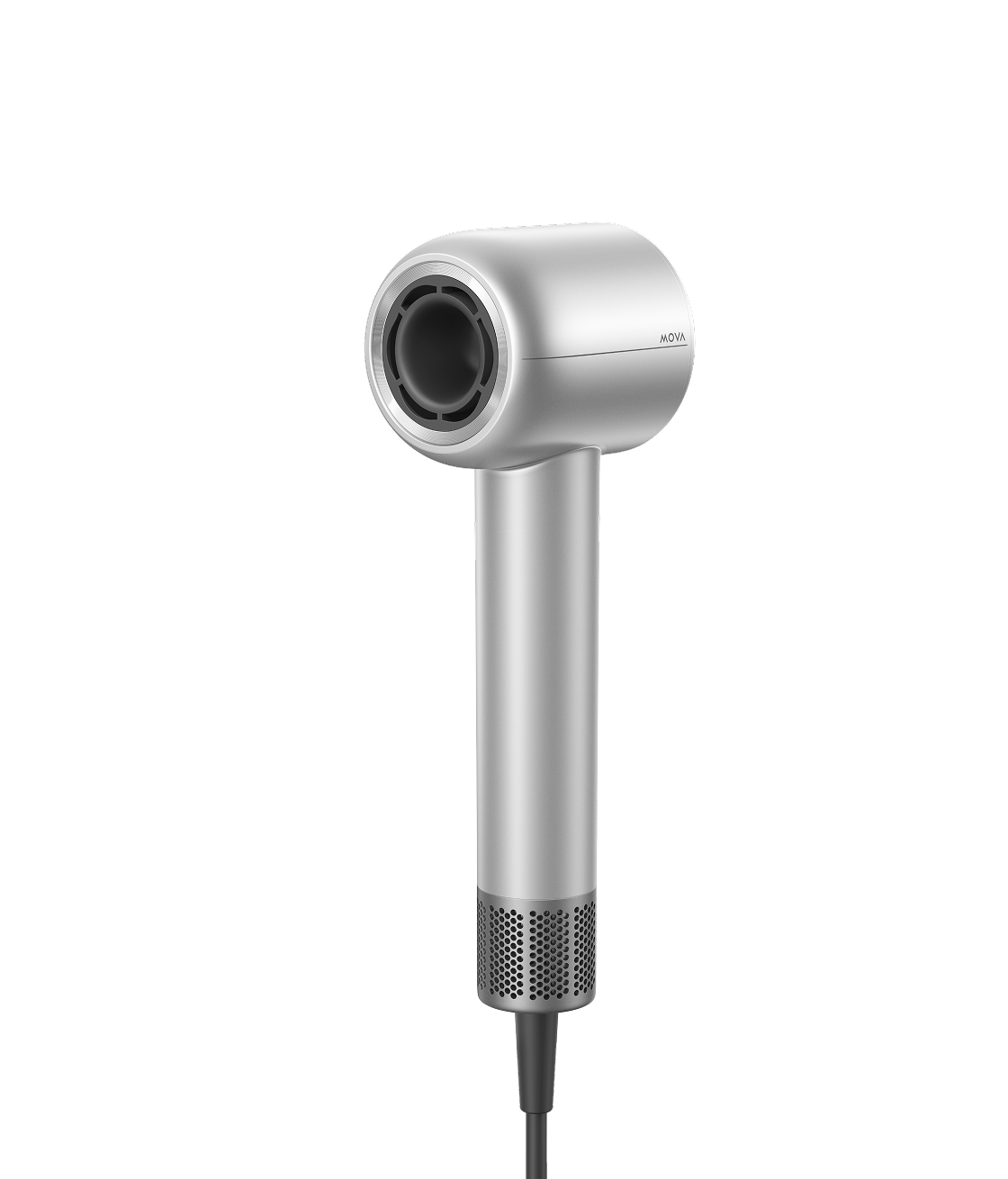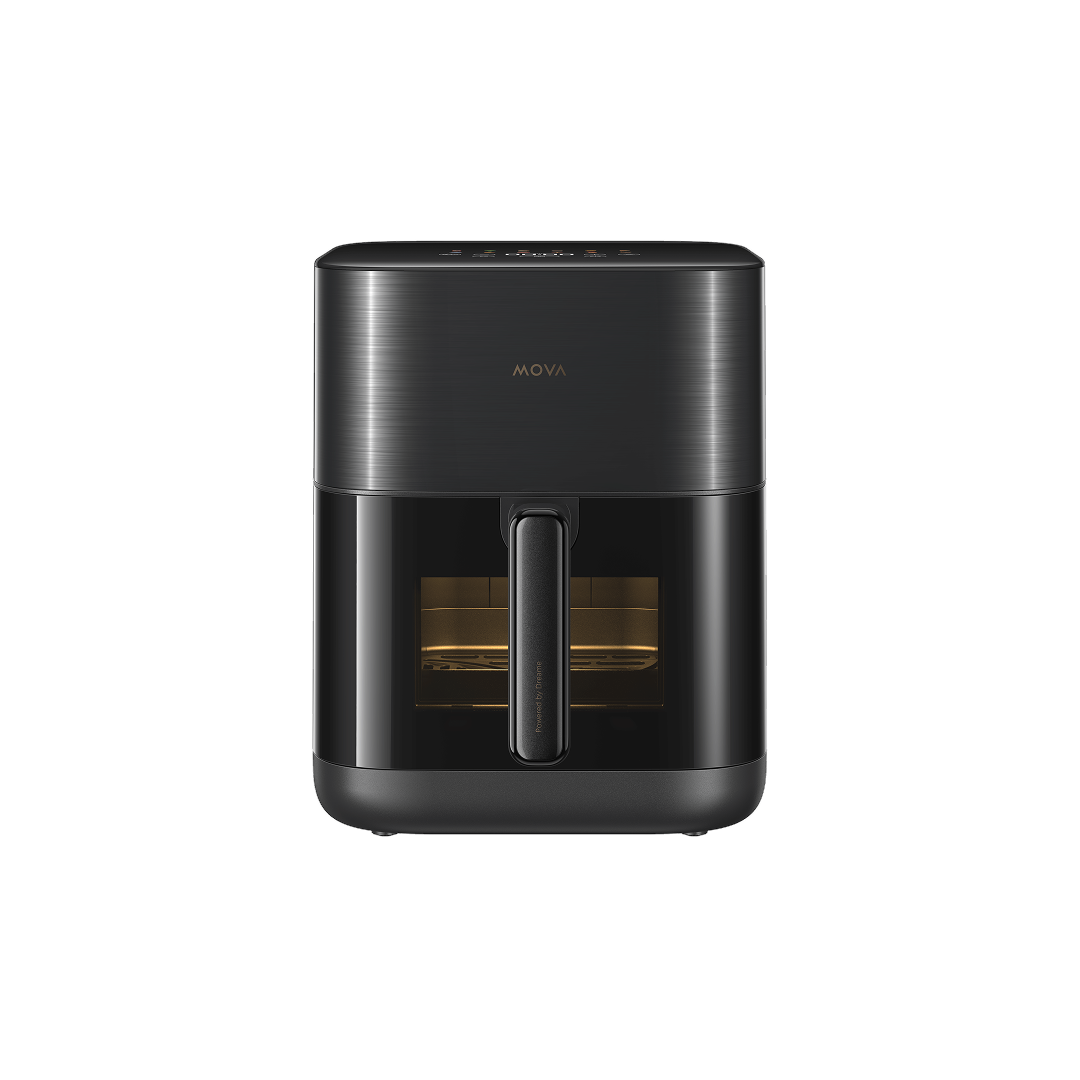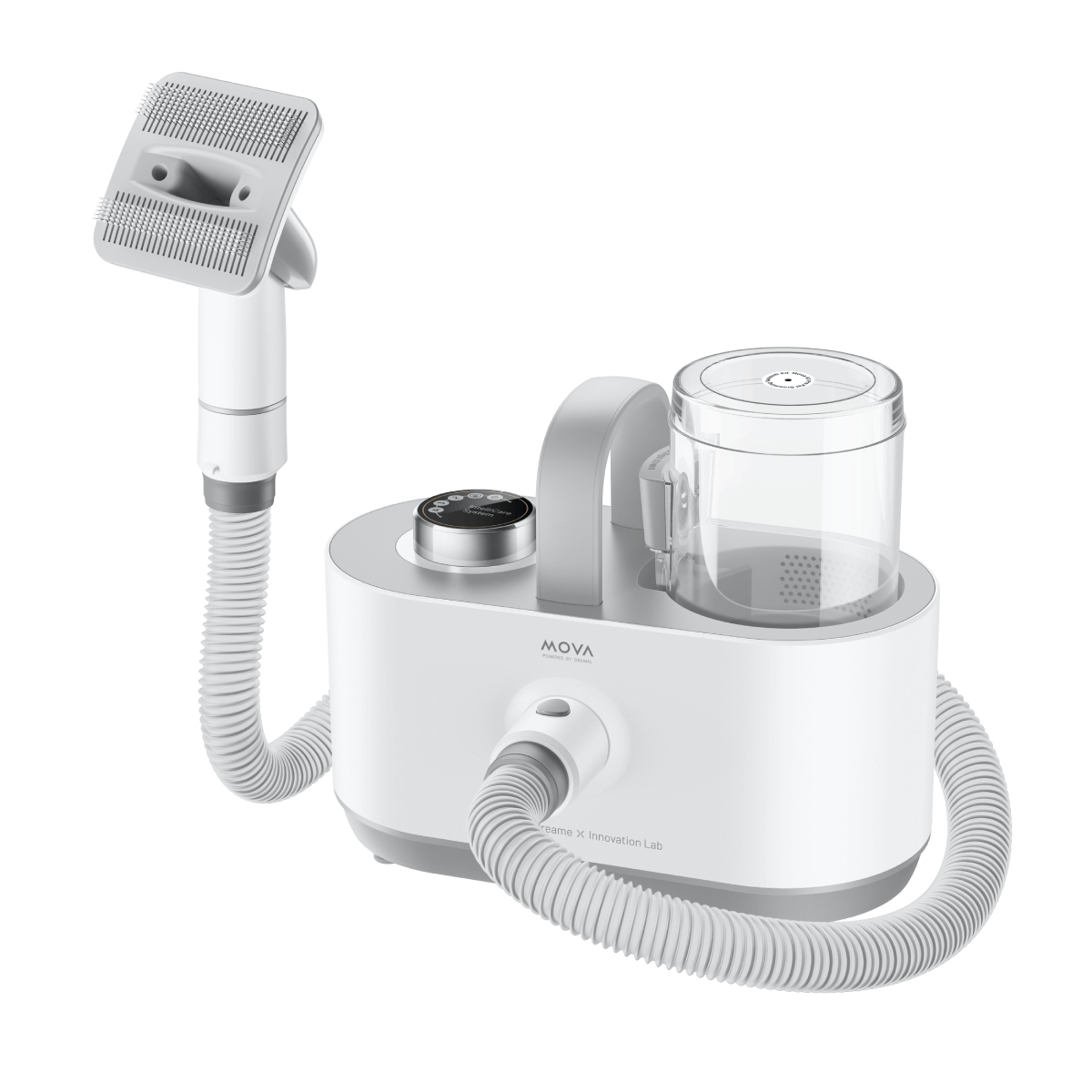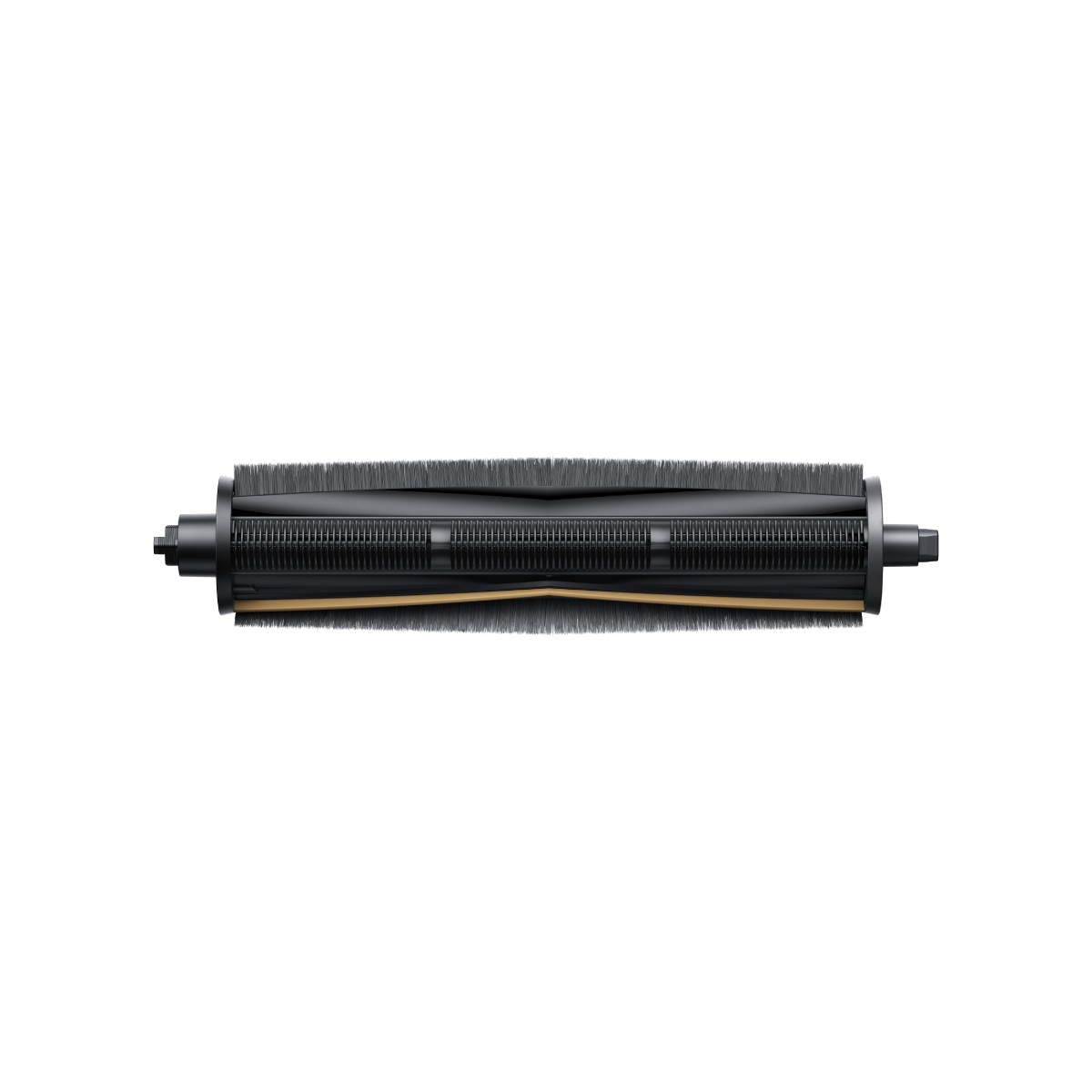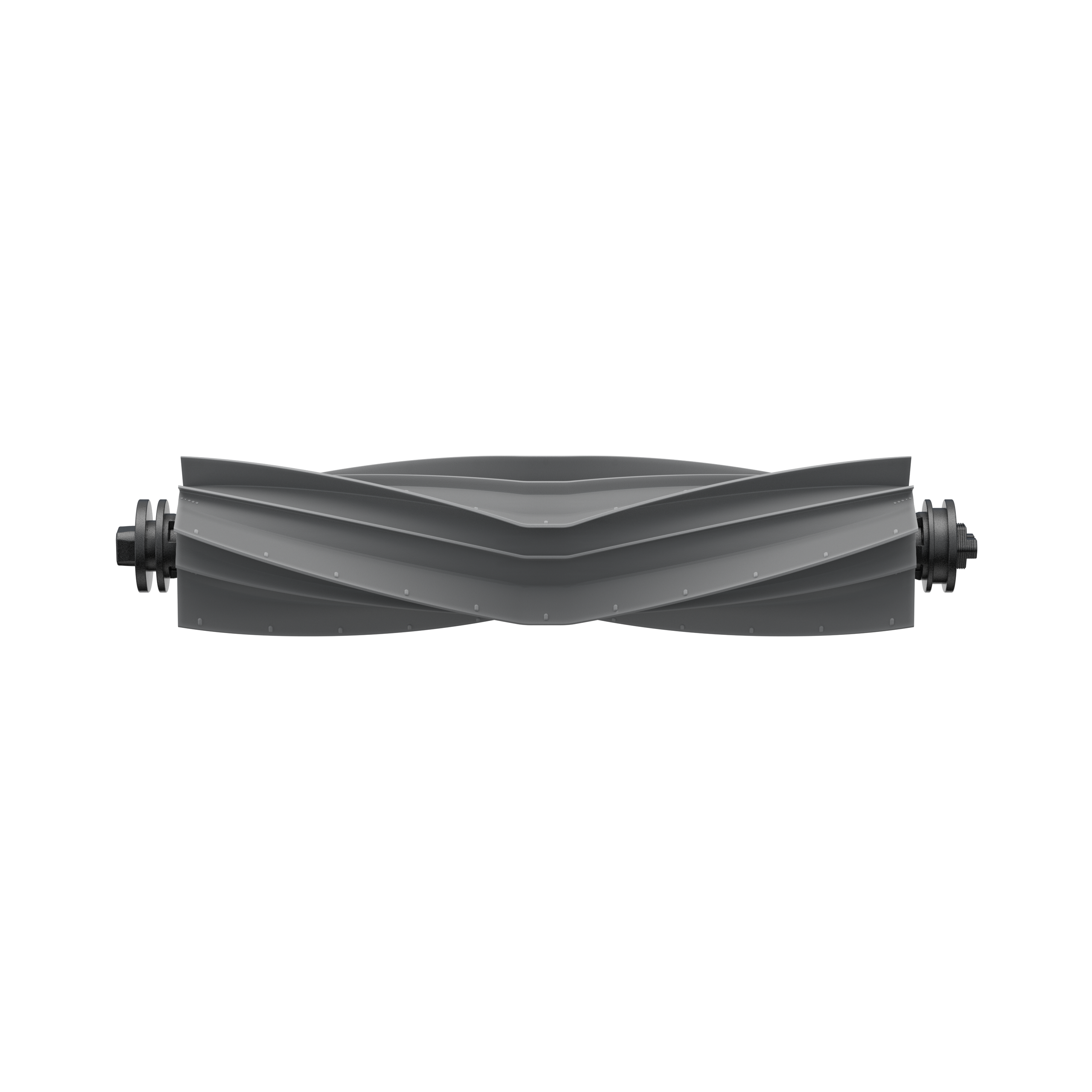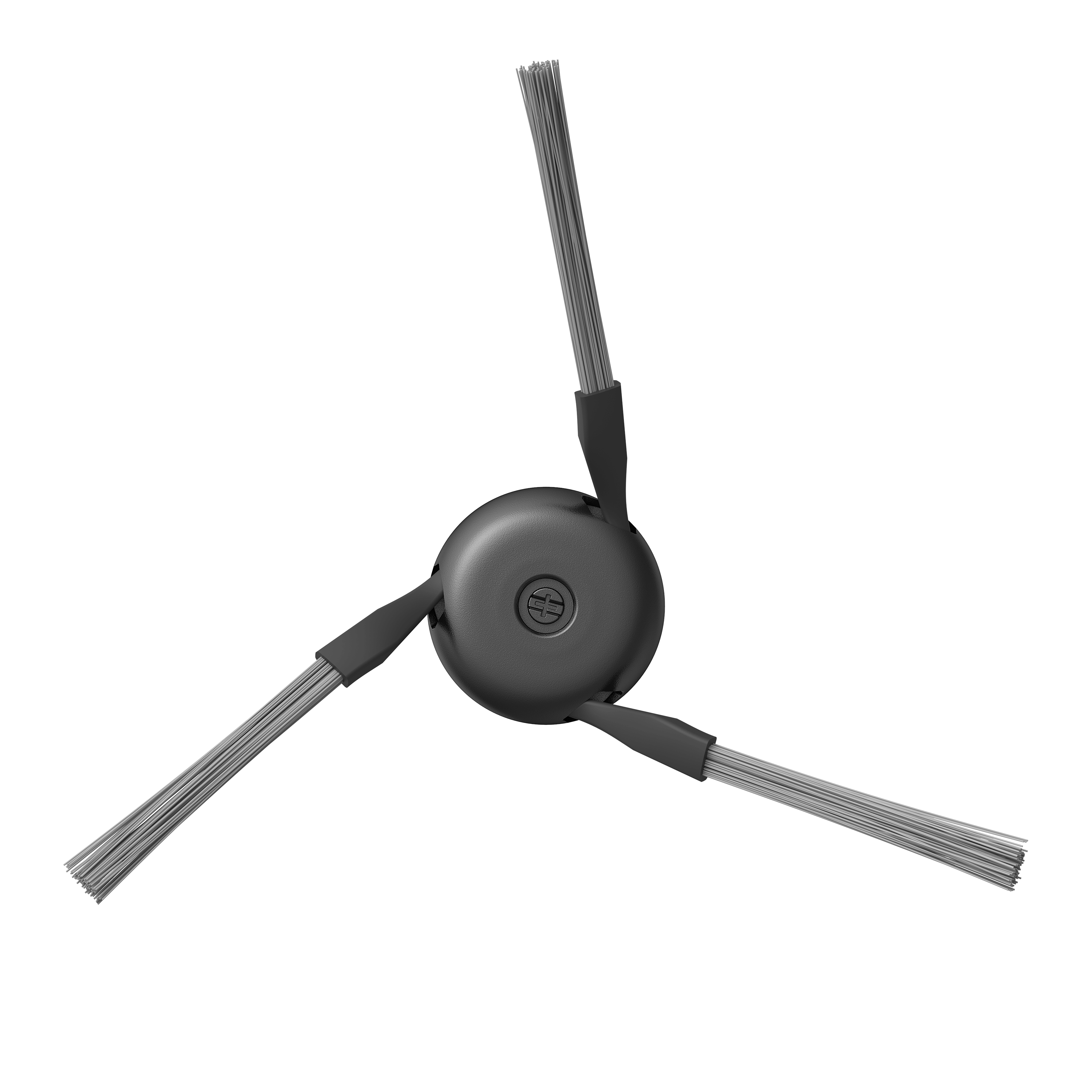Can A Vacuum Help Get Rid of A Bed Bug Infestation?

Start with a relatable scenario—the panic of discovering bed bugs and the desperate search for a quick, non-chemical solution.
State clearly: Yes, a vacuum cleaner is an extremely useful tool in the fight against bed bugs, but it is not a standalone solution.
Briefly explain that this article will cover how vacuuming helps, its limitations, the right way to do it, and what must accompany vacuuming for full eradication.
How Vacuuming Helps in a Bed Bug Infestation
Physical Removal: The primary benefit. Vacuums can physically remove live bugs, nymphs, and eggs from surfaces, immediately reducing the population.
Targeting Hiding Spots: Vacuums can reach into cracks, crevices, seams, and other difficult spots where bugs hide and where chemicals might not reach effectively.
Removing Debris: It cleans up cast skins, fecal spots, and eggs, which helps in monitoring the infestation and improves the effectiveness of other treatments like insecticides or diatomaceous earth.
Complementary Tool: Emphasize that it works best as part of an Integrated Pest Management (IPM) strategy.
The Critical Limitations: What Vacuuming CANNOT Do
It Won't Eliminate an Infestation Alone: This is the most important point. Vacuuming only removes bugs it can reach. It misses hidden eggs and bugs deep within walls or furniture.
It Doesn't Guarantee Killing Them: Many bugs survive the vacuuming process inside the bag or canister.
It Misses Eggs: Bed bug eggs are coated in a sticky substance and are often cemented to surfaces, making them very difficult to vacuum up completely.
Risk of Spreading: If not handled correctly, a vacuum can become a vehicle for spreading bed bugs to other rooms.
How to Vacuum for Bed Bugs Effectively: A Step-by-Step Guide
Choose the Right Vacuum:
Bagged Vacuums are Highly Recommended: They are easier to dispose of safely without bugs escaping.
Strong Suction and a HEPA Filter: HEPA filters trap allergens and prevent bed bug particles from being blown back into the air.
Avoid using your everyday household vacuum if possible; dedicate one to the task to prevent spread.
The Vacuuming Process:
Focus on Key Areas: Mattress seams, tufts, and folds; box springs; bed frames; cracks in floorboards and walls; edges of carpets; furniture joints and upholstery.
Use Attachments: The crevice tool is essential for getting into tight spaces.
Go Slow and Methodical: Be thorough. Rushing will miss bugs.
The Crucial Step: Immediate Disposal
For Bagged Vacuums: Immediately remove the vacuum bag, place it in a sealed plastic bag, and dispose of it in an outdoor trash bin.
For Bagless Vacuums: Empty the canister directly into a sealed plastic bag. Then, consider freezing the canister or cleaning it with hot, soapy water to kill any remaining bugs.
Pro Tip: Placing the sealed bag in a freezer for 72+ hours will kill any captured bugs.
What to Do AFTER You Vacuum: The Essential Next Steps
Steam Cleaning: Use a high-temperature steam cleaner on mattresses and furniture. The heat (over 120°F/49°C) kills all stages of bed bugs, including eggs that vacuuming missed.
Encasements: Enclose your mattress and box spring in certified bed bug-proof encasements to trap any remaining bugs inside and starve them.
Insecticides & Desiccants: Use EPA-approved bed bug sprays, dusts (like diatomaceous earth or CimeXa), or other treatments as directed by a professional or product label.
Repeat, Repeat, Repeat: Vacuum daily or every other day during an active infestation. Consistency is key to catching newly hatched nymphs.
Conclusion: Vacuuming is a Tool, Not a Cure-All
Summarize Key Takeaway: Reiterate that vacuuming is a highly effective and necessary part of a multi-step bed bug control plan.
Final Recommendation: For small, early infestations, aggressive vacuuming combined with other methods can work. For larger infestations, professional pest control is strongly recommended. Vacuuming will still be a critical part of the prep and maintenance they advise.
If you're dealing with a persistent bed bug problem, don't hesitate to contact a licensed pest control professional for a free quote and a comprehensive solution.



